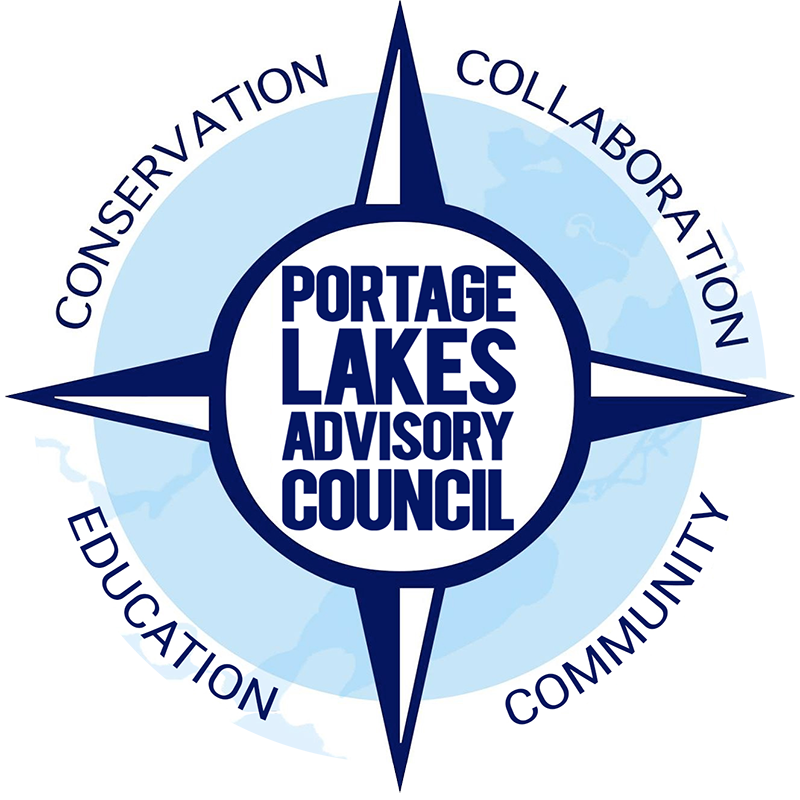Run through the trails and along the beautiful lakeshore of the Portage Lakes State Park!

Register Now for 2025 Run to the Beach 5K Run/Walk and 1-Mile Easter Egg Scramble
The Run to the Beach 5K and One-Mile Easter Eggs Scramble on April 19, 2025, features beautiful courses that loop around Portage Lakes State Park.
Great swag! Finisher medals for ALL 5K runners and walkers.
The Run to the Beach 5K and 1-Mile Easter Egg Scramble is set to take participants for a mostly flat and fast run or walk along the lakeshore of Portage Lakes State Park, where more than 2000 acres of lakes, camping sites and hiking trails make it a popular recreation spot for boating and fishing here in northeastern Ohio.
Both races start in the parking lot near the beach area with a mix of road and trails and end on the sand on the beach.
Entrants will also receive a tech tshirt in the 5K, food and a goodie bag.
The event benefits the Portage Lakes Advisory Council. Become a race sponsor or donate to our organization by going to our fundraising page HERE. Donations can also be made through the registration process.
Location/Schedule:
Portage Lakes State Park (5031 Manchester Rd, Akron, OH 44319)
7:15 AM – Packet Pickup Begins
8:00 AM – 1-Mile Easter Egg Scramble Starts
8:30 AM – 5K Run & Competitive Walk Starts
1-Mile Easter Egg Scramble:
A one-mile race, with Easter eggs along the course. Participants finish on the beach!
The Easter eggs then can be redeemed for prizes after the race. Parents of children running may run with their child for no additional charge.
Participants receive a cotton shirt.
Awards to the Top 3 Overall Males and Females.
5K Run:
Finishers receive a very unique finisher medal!
Participants get a technical t-shirt.
Awards to Top 5 Overall Males and Females.
Additional awards to Top 3 in Age Categories:
11 & Under, 12-15, 16-19, 20-24, 25-29, 30-34, 35-39, 40-44, 45-49, 50-54, 55-59, 60-64, 65-69, 70 & Over.
5K Competitive Walk:
All participants must walk the entire event, no running/jogging!
Finishers receive a very unique medal.
Participants will get a technical t-shirt.
Awards to Top 5 Overall Male and Female.
Team Challenge
Largest team wins no matter the time or event!
Winning team will enjoy a team prize. The team leader will be given details of the team prize.
Gather up everyone you know to be on your team. Participants can do either the 5K, 1-Mile, or the Virtual Run/Walk. Each team member signs up individually for their event and can create/join a team when registering for the event. Get your friends and/or co-works together, come up with a unique team name, and come on out! Team members must cross the finish line at the race to count! Virtual members must turn in their completion of event by Friday, May 2nd, at 5:00pm.
Your team leader should create the team and then you can choose it from the dropdown list of existing teams so that no spelling errors occur!

Help Portage Lakes Advisory Council continue their work in the community.



News

Education

Conservation

Recreation


